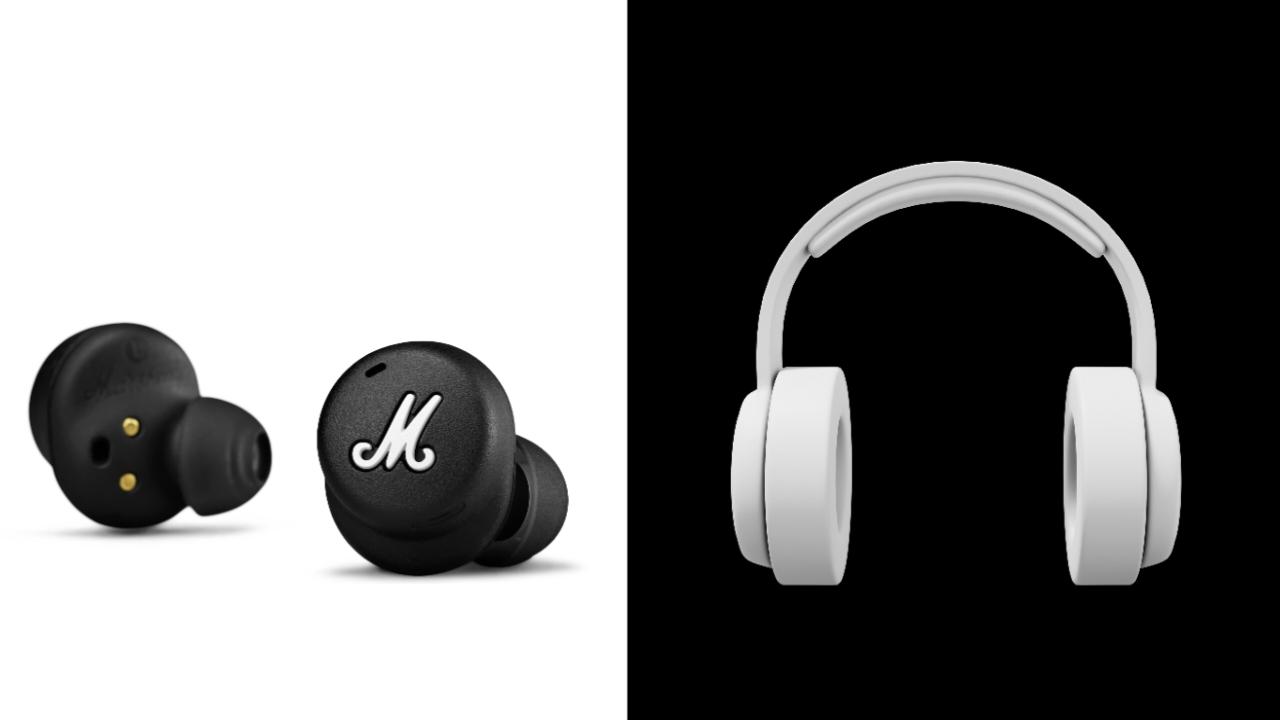
Headphones are one of the most popular and essential gadgets for music lovers, gamers, and anyone who wants to enjoy high-quality sound. However, not all headphones are created equal. There are different types of headphones that vary in size, design, comfort, sound quality, and noise isolation. Two of the most common types are in-ear headphones and over-ear headphones. But what are the differences between them and which one is better for you? In this article, I am going to compare in-ear headphones and over-ear headphones based on their pros and cons, and help you decide which one suits your needs and preferences.
What are in-ear headphones?
In-ear headphones, also known as earbuds, earphones, or canal phones, are the smallest and most portable type of headphones. They have tiny earbud tips that fit inside your ear canal, creating a seal that blocks out external noise. In-ear headphones are usually lightweight and easy to carry around, making them ideal for traveling, commuting, or exercising. Some in-ear headphones are wireless, which means you don’t have to deal with tangled cords or worry about compatibility with your devices. In-ear headphones can also deliver impressive sound quality, especially if they have multiple drivers or balanced armatures that produce a balanced and detailed sound across different frequencies. However, in-ear headphones also have some drawbacks. Some people may find them uncomfortable or even painful to wear for long periods of time, as they can cause irritation or pressure in the ear canal. In-ear headphones can also be prone to falling out of your ears, especially if they don’t fit well or if you move a lot. Moreover, in-ear headphones can pose a risk of hearing damage if you listen to them at high volumes, as they can generate a lot of sound pressure in your ears.
What are over-ear headphones?
Over-ear headphones, also known as circumaural headphones but we just refer to them as headphones, are the largest and most comfortable type of headphones. They have big ear cups that cover your entire ears, creating a cushioned and cozy fit. Over-ear headphones are usually well-padded and do not apply as much tension to your head as on-ear models. Over-ear headphones can also offer a good level of noise isolation, as they can better create a good seal around your ears. Over-ear headphones are known for their superior sound quality, as they can produce a rich and immersive sound with a wide soundstage and a deep bass. They can also support various technologies, such as active noise cancellation, wireless connectivity, or virtual surround sound, that can enhance your listening experience. However, over-ear headphones also have some disadvantages. They are bulky and heavy, which makes them less portable and convenient to carry around. They can also make your ears hot and sweaty, especially in warm or humid environments. Furthermore, over-ear headphones can be expensive, especially if they have advanced features or high-end materials.
Which one should you choose?
The choice between in-ear headphones and over-ear headphones depends on your personal preferences and needs. There is no definitive answer to which one is better, as both types have their advantages and disadvantages. Here are some factors that you should consider when choosing between in-ear headphones and over-ear headphones:
- Portability: If you want a compact and lightweight option that you can easily take with you anywhere, go for in-ear headphones. They are more convenient to store and use, especially if they are wireless. However, if you don’t mind the size and weight, and you want a more comfortable and stable fit, go for over-ear headphones. They are more suitable for home or office use, or for long trips where you can pack them in a case or a bag.
- Comfort: If you want a cozy and relaxed fit that does not cause soreness or pain over time, go for over-ear headphones. They are more gentle on your ears and head, and they can also keep your ears warm in cold weather. However, if you want a discreet and snug fit that does not interfere with your glasses, earrings, or hairstyle, go for in-ear headphones. They are more flexible and adaptable to your ear shape and size, and they can also keep your ears cool in hot weather.
- Sound quality: If you want a high-quality and immersive sound that can deliver a wide range of frequencies, go for over-ear headphones. They are more capable of producing a realistic and spacious sound with a powerful bass and a clear treble. However, if you want a decent and balanced sound that can isolate you from external noise, go for in-ear headphones. They are more effective at blocking out unwanted sounds and creating a focused and detailed sound in your ears.
- Budget: If you want a more affordable and accessible option that can still provide a satisfactory performance, go for in-ear headphones. They are more common and cheaper than over-ear headphones, and you can find many models that can suit your needs and tastes. However, if you want a more premium and luxurious option that can offer a superior performance, go for over-ear headphones. They are more expensive and rare than in-ear headphones, but you can also find many models that can justify their price and quality.
Conclusion
In-ear headphones and over-ear headphones are two different types of headphones that have their own pros and cons. The best type for you depends on your personal preferences and needs, such as portability, comfort, sound quality, and budget. You should weigh the advantages and disadvantages of each type and choose the one that matches your expectations and requirements. No matter which type you choose, you should always use your headphones responsibly and safely, and enjoy your music or audio content to the fullest.


